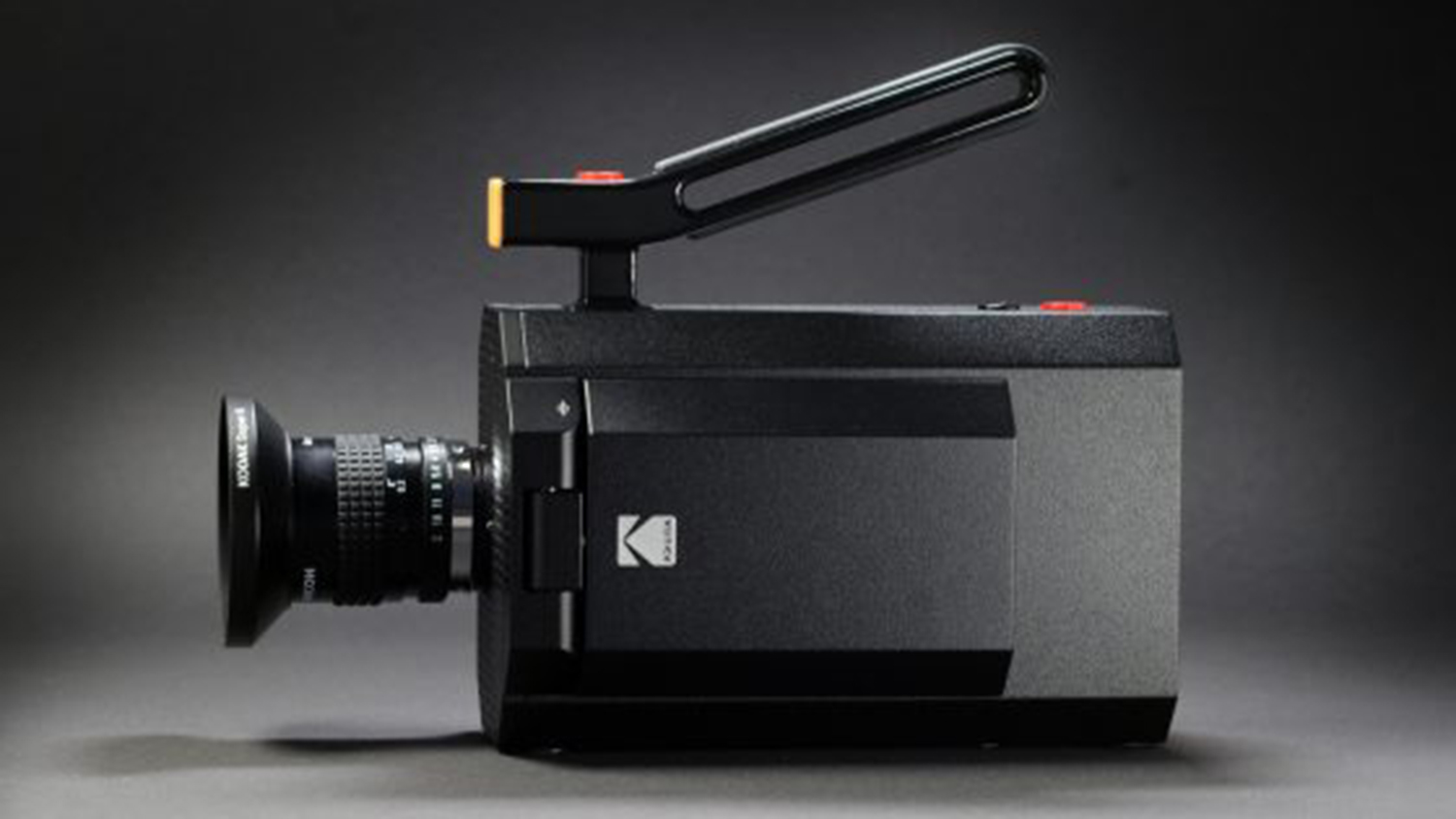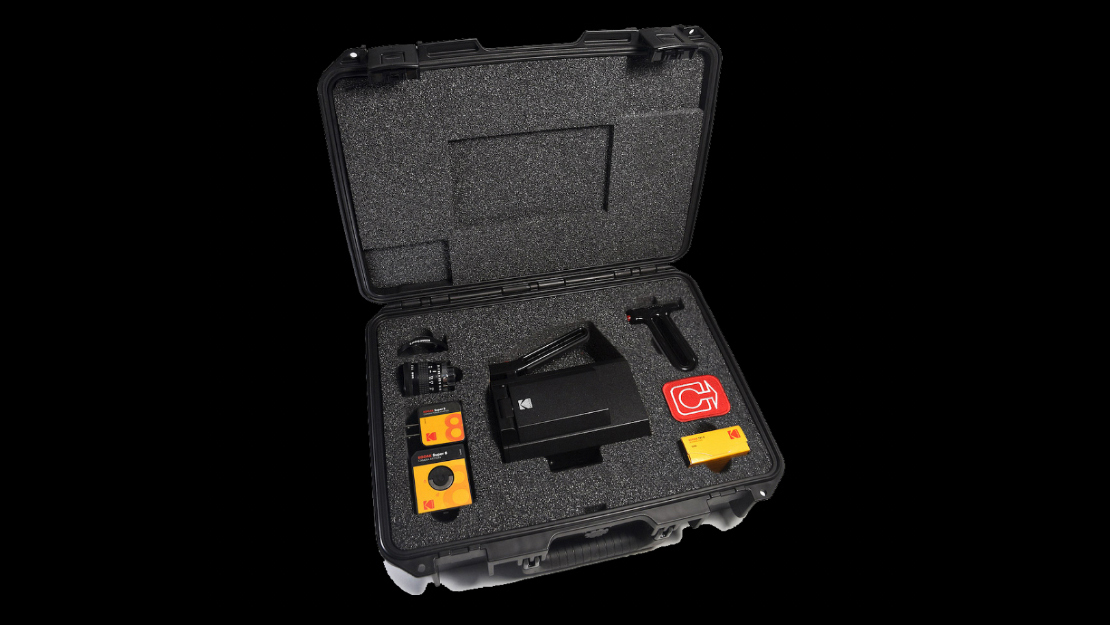Kodak’s super-pricey Super 8 revealed in full, and it's a super-cool 8mm film/digital hybrid
First footage shot with Kodak’s unique 8mm film camera goes online

Kodak first unveiled a prototype of its Super 8 Camera at CES in 2016 and it caused quite the stir – an 8mm film camera with modern digital smarts that could make shooting in this iconic motion picture format easier than ever.
Yet it was almost another eight years before the Kodak Super 8 Camera made it to market, with more details about the unique retro camera – and its hefty price tag – emerging last December ahead of its early 2024 launch.
Now, as the Super 8 Camera starts to hit the shelves, the good people at B&H Photo Video have shared a YouTube hands-on video (see below) and footage shot with what is the first new product in this format since the digital age. And the video provides a revealing look at what's it like to shoot with this 8mm film/digital hybrid.
8mm film for the 21st century
The Kodak Super 8 Camera's design – both its film and digital aspects – makes it the easiest-to-use camera in this format ever.
Film cartridges are pre-wound and you don't need a loading bag or darkroom to load and unload 8mm film. There's a wide choice of filmstock, including Tri-X Reversal and the revived Kodak Extachrome film, and you select that film preset from the menu system on the LCD screen, which accounts for the ISO speed, and one of the four framerates on offer.
There's an integrated light meter, so you can dial in the correct exposure to avoid wasting film on over- or underexposed shots, while the image itself is 11% larger and now in today's popular 16:9 aspect ratio.
Kodak was able to increase the image area because the soundtrack is now recorded separately onto an SD card instead of the film, with a 3.5mm mic jack to connect an external mic of your choice, plus 'crystal sync' tech to easily sync video and audio post capture.
Sign up for breaking news, reviews, opinion, top tech deals, and more.
The image coming through the lens is projected onto a frosted glass that's captured with an internal CMOS camera that's displayed in real time on the 4-inch LCD screen, with or without film inserted. You're not shooting blind any more, which makes composition much easier, plus key camera settings are shown on the display.
From loading film to composing your shots and recording audio, the Kodak Super 8 brings the 8mm film experience into the 21st century.
The price of (convenient) nostalgia
Put simply, there's no other product out there like the Kodak Super 8 Camera. It's like the 8mm film cameras of old – we're talking back to the 1960s – but with digital tech and modern conveniences that make it easier than ever to capture old school videos.
Kodak originally estimated the price in 2016 at around $500-800, but the reality is far off: it's a ludicrously high $5,495 (about £4,350 / AU$8,450). For that, you get the camera, C-mount 6mm lens, pistol grip, a pre-wound 8mm film cartridge and accessories in a pelicase.

You can get decades-old working secondhand Super 8 cameras – for example Canon, Chinon and Braun models – for a fraction of the cost, some less than $300 / £200 / AU$400, but these cameras are trickier to handle for inexperienced users.
And so despite its appearance, this retro camera isn't an accessible toy to take family holiday clips with. Instead, the Kodak Super 8 is a money-no-object purchase, or a unique tool in the arsenal of a wedding videographer who will value its convenient handling.
So great is the love of the feel and look you get with Super 8 that Kodak could have put any price on its new camera and it would still get sales – such is the case for one of the most intriguing cameras in years.
You might also like

Tim is the Cameras editor at TechRadar. He has enjoyed more than 15 years in the photo video industry with most of those in the world of tech journalism. During his time as Deputy Technical Editor with Amateur Photographer, as a freelancer and consequently editor at Tech Radar, Tim has developed a deeply technical knowledge and practical experience with cameras, educating others through news, reviews and features. He’s also worked in video production for Studio 44 with clients including Canon, and volunteers his spare time to consult a non-profit, diverse stories team based in Nairobi. Tim is curious, a keen creative, avid footballer and runner, and moderate flat white drinker who has lived in Kenya and believes we have much to enjoy and learn from each other.